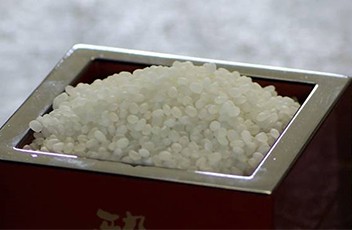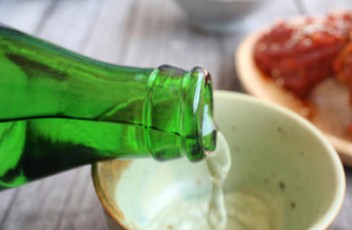Sake is a fermented alcoholic beverage made from rice. The fermentation process of Sake is unique and different from beer and wine because of its sophisticated production method called multiple parallel fermentation. The multiple means that molding and fermentation occur at the same time in the same tank. Different varieties of sake rice such as the most famous “Yamada-Nishiki” and yeasts produce different styles of Sake. The polishing rice grains is the first step in the sake brewing process. It removes the exterior shell of rice grains as the surface layer has components such as protein and fact. These components cause Zatsumi (unfavorable taste) to the finished Sake. The rate of the polishing rice specifies classes of Sake officially designated by the tax law in Japan. It indicates how much of the original rice grain has been removed. The polishing rate of 50% or less is super premium sake called Daiginjo; 60% or less is Ginjo, premium; 70% or less is Honjozo or Junmai. Junmai is a Japanese word meaning “pure rice.” Junmai sake is brewed by only rice, water, yeast, and koji, which is fungus that converts the starch from the rice into glucose. It means there are no other additives, such as sugar or alcohol.







